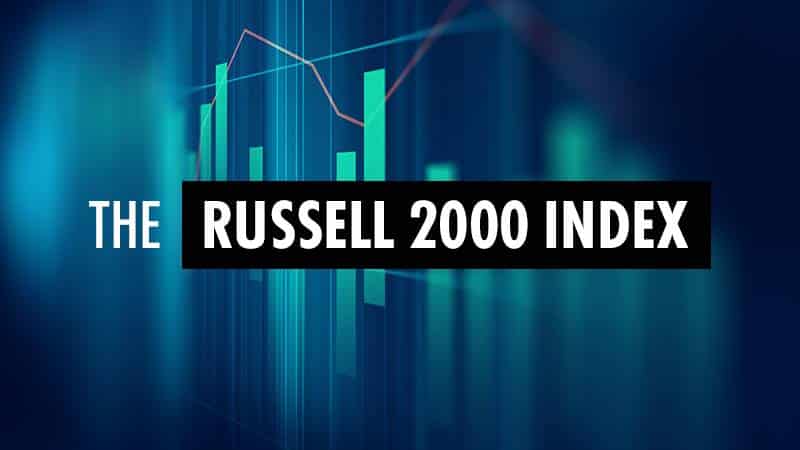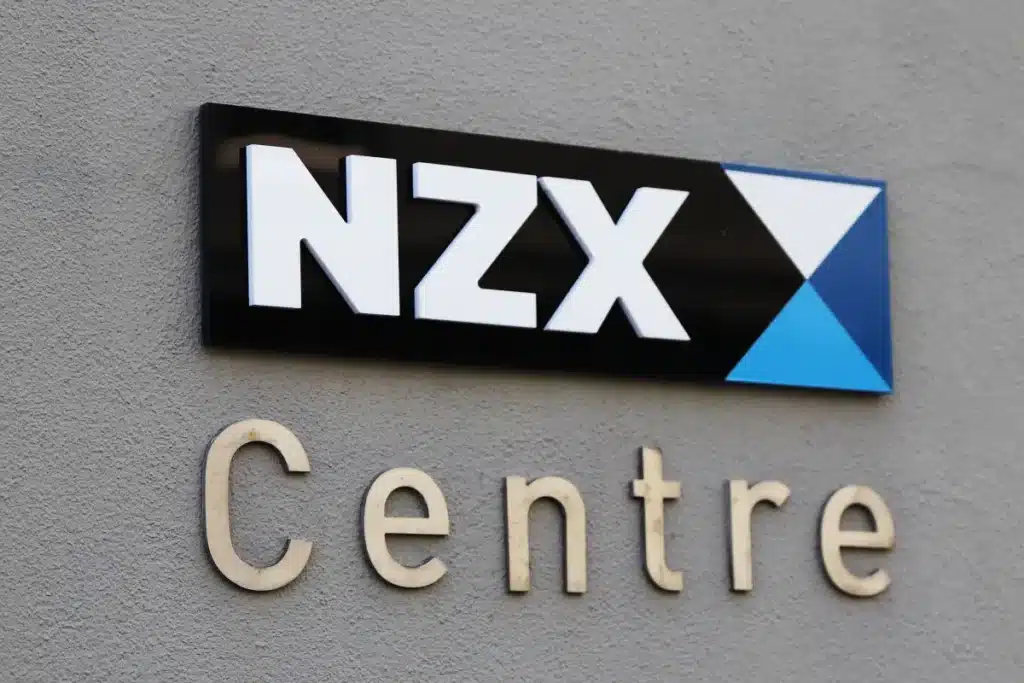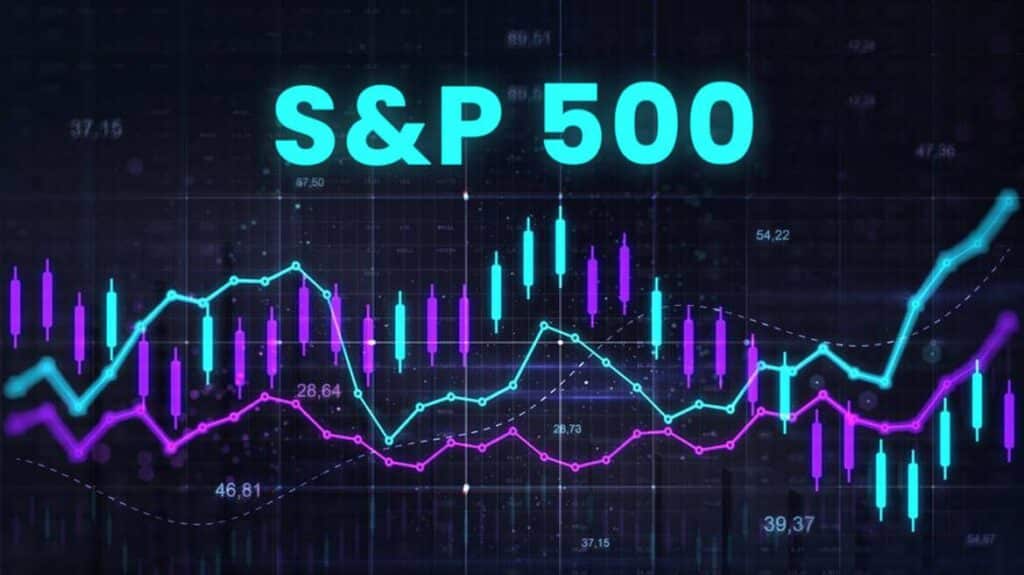U.S. Futures Slump: Understanding the Market Movements
On Monday, April 7, 2025, the financial landscape was significantly affected by several key developments, prominently featuring the slump in U.S. futures. This troubling dip is linked to ongoing geopolitical tensions and economic policies that have been fueling investor uncertainty across the globe.
Key Drivers of the Market Movements
- Trump Administration’s Tariffs: The Trump administration has been steadfast in its tariff policies, which have raised anxieties over a potential global recession. Tariffs can be a double-edged sword, aiming to protect domestic industries but often resulting in increased prices for consumers and strained international trade relationships. In this scenario, the market’s fear is compounded by concerns over prolonged economic disruptions.
- European Union’s Retaliation: As a reaction to these tariffs, the European Union has signaled potential retaliatory measures. Such tit-for-tat responses can escalate into broader trade wars, affecting global supply chains and economic stability. Investors are understandably cautious about how these dynamics will play out, contributing to the market volatility observed.
- Tech Giant Apple Facing Challenges: Apple, one of the most significant players in the tech industry, has been experiencing a rough patch. This is partly due to supply chain issues exacerbated by trade tensions, as well as intense market competition. Being a bellwether stock, any fluctuations in Apple’s performance tend to ripple through the broader markets.
Investor Sentiment and Market Reactions
The decline in U.S. futures has sparked fears reminiscent of ‘Black Monday,’ a term used historically to describe significant stock market crashes. Wall Street’s fear gauge, often referred to as the VIX, has surged above 60, indicating a spike in market panic. This is a clear signal that investors are bracing for further turmoil and potential losses.
Conversely, in a typical market response to turmoil, gold prices have been pushed to a three-week low. This decline is attributed to investors selling their gold holdings to cover margin calls and other immediate financial obligations.
Understanding the Broader Context
It’s important for investors to maintain a level of equanimity during such turbulent times. While the market dynamics can seem overwhelming, historical patterns suggest that what some interpret as a ‘Bad News Panic’ could be laying the groundwork for a recovery. In understanding the intricacies of these economic indicators and policies, investors are better positioned to make informed decisions aligned with their long-term strategies.
For those interested in navigating these volatile markets, remaining informed about policy changes and global economic factors can help manage risk and identify potential opportunities even in the midst of uncertainty. By staying engaged with resources that provide up-to-date analysis and expert opinions, investors can better handle the ebbs and flows of the stock market.
Today’s Top Analysis: Navigating Market Uncertainty
With all the turbulence currently affecting the financial markets, understanding today’s top analysis can provide valuable insights for investors looking to steer through this chaotic period. Below, we’ve delved into some of the most talked-about analyses, helping you grasp the underlying factors at play and what they might mean for your investment strategy.
A ‘Bad News Panic’ Is Here – and History Says That’s a Setup for a Bottom
Markets are jittery, with fears of a global recession driving what some analysts term a “bad news panic.” According to historical data, such events have often preceded a market bottom, suggesting that opportunities may arise for those prepared to seize them. This scenario highlights the importance of patience and careful examination of market indicators before diving in.
Wall Street Is Main Street — And Both Are Getting Hammered by Trump’s Tariffs
The ongoing trade tensions, fueled by tariffs, are impacting both Wall Street and Main Street significantly. It’s not just big corporations feeling the pinch; everyday investors are also facing challenges. This analysis delves into how these tariffs are affecting economic fundamentals and could reshape your investment landscape. By staying informed, you might identify sectors or stocks that could benefit when the dust settles.
Gold Miners May Outperform Equities in a Deflationary Twist
Amid market uncertainty, some experts believe that gold miners might outperform traditional equities. In a landscape filled with deflationary pressures, commodities like gold could serve as a hedge. This highlights the potential for diversification in your portfolio, providing a buffer against market swings. Understanding the dynamics of gold and its miners could benefit those seeking alternative investment avenues.
Editorial: How to Navigate a Market Crash
For many investors, the idea of a market crash can be intimidating. However, preparation and strategy can alleviate fear and position investors for future gains. This editorial offers actionable insights into weathering the storm effectively, emphasizing strategies like asset reallocation, careful monitoring of financial news, and maintaining a long-term perspective.
The Ultimate Game of Risk: Trump Vs. the Market
This analysis compares the current market situation to a high-stakes game of risk between geopolitical actors and economic forces. The unpredictable nature of policy shifts underlines the necessity for investors to remain vigilant. Understanding political influences on market trends can aid in anticipating shifts and adjusting your strategy accordingly.
By examining these analyses, investors can gain a clearer perspective on current market conditions. Remember, knowledge is power—staying informed and adaptable is key to successful investing, especially during volatile times. While market conditions can be daunting, it is crucial to remember that each challenge can also present unique opportunities. Stay curious and diligent in your approach, and you’ll be better equipped to navigate the unpredictable waters of investing.
Understanding Today’s Top News
As we dive into the major headlines affecting the stock market today, it’s essential to grasp the underlying factors at play. Market dynamics can be complex, but breaking down each headline helps us untangle the web of financial news influencing your investments. Let’s explore what’s causing waves in the financial world on this noteworthy day.
First and foremost, U.S. stock futures have dramatically sunk by 4%, stirring concerns of a potential market upheaval reminiscent of past financial downturns. This significant drop is rooted in the recent tariff decisions by the U.S. administration, which have heightened investor anxiety over the possibility of a global recession. The term “futures” refers to a type of financial contract obligating the buyer to purchase, or the seller to sell, an asset at a predetermined future date and price. Currently, these indicators are recognized as a bellwether for how Wall Street expects the market to open.
Across the Atlantic, European stocks are also feeling the pressure as recession fears loom over various sectors, particularly banking. The interconnected nature of today’s global markets means that economic issues in one region can quickly ripple out and affect others. For investors in European banking stocks, this may signal potential challenges ahead, driven by a changing economic landscape and heightened uncertainties.
Another key point to note is Wall Street’s fear gauge, known as the VIX (Volatility Index), which has soared above 60. This index is often referred to as the market’s “fear gauge” or “fear index.” A surge in the VIX signals that investors believe the stock market will experience greater volatility moving forward. Such movements serve as a red flag for burgeoning market panic and often prompt investors to adopt protective stances in their portfolios by considering safe-haven assets or adjusting their risk exposure.
Turning our attention to commodities, gold prices have dropped to a three-week low. Traditionally, gold is viewed as a “safe haven” investment during times of market instability or geopolitical tension. However, as market turmoil intensifies, some investors may be cashing out their gold holdings to cover losses in other assets or to free up liquidity amid unpredictable market conditions.
Lastly, in the political arena, the phrase “economic nuclear war” has surfaced in the context of recent policy maneuvers. Prominent voices, such as financier Bill Ackman, have weighed in on these developments, suggesting that the aggressive tariff policies could alienate investors. The comparison to nuclear warfare underscores the potential severity of the economic disruptions expected from such policies, emphasizing investor caution in an increasingly volatile environment.
As an investor, understanding the broader picture painted by these headlines can help you prepare and respond wisely in the face of economic uncertainty. While today’s news may seem overwhelming, it serves as a crucial reminder of the interconnectedness of global markets and the importance of staying informed to navigate your investment journey successfully.








